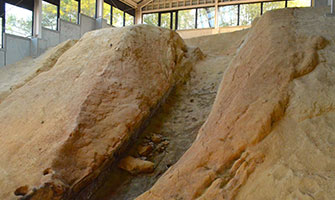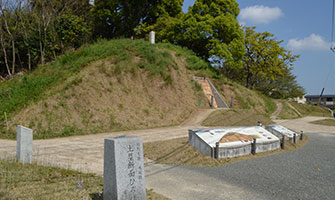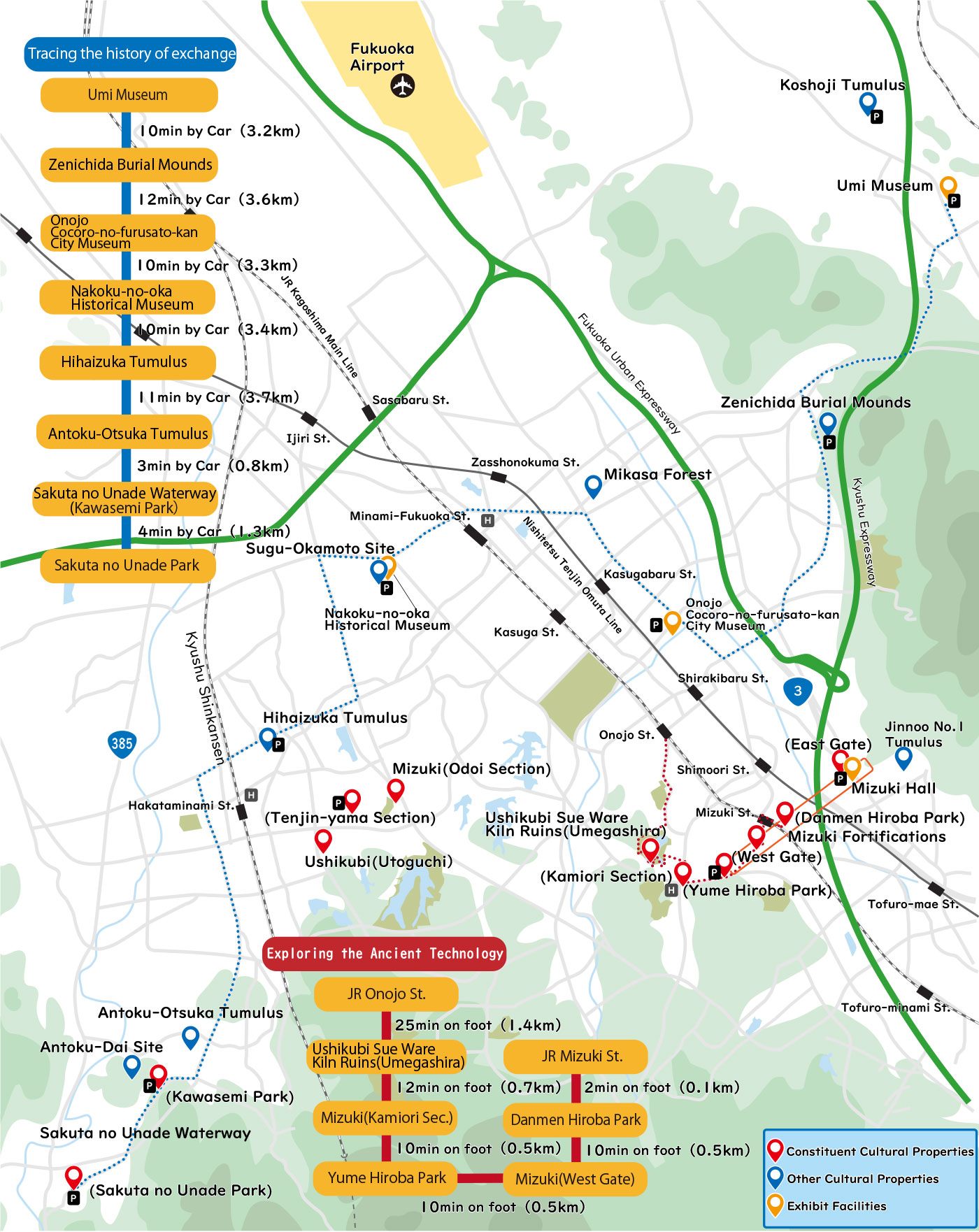Dazaifu’s Origin as a Hub for Exchange in East Asia
The story of Dazaifu begins on and around the Fukuoka Plain, where sea routes connected Japan to the Korean Peninsula and the Chinese mainland. Over the ages, this area built a history of exchange with East Asia and fostered a vibrant international culture. By tracing the sites of these cross-cultural encounters, you’ll get a glimpse of Dazaifu as a hub of international exchange.

The Fukuoka Plain and its surroundings, linked by maritime routes to Korea and China, have a rich history of interaction and exchange. Around 2000 years ago during the Yayoi period, the Nakoku people who lived in present-day Kasuga, Fukuoka Prefecture, began producing bronze, and crafted bronze mirrors that they buried along with their rulers. The region continued to evolve as a crossroads of East Asian exchange, eagerly embracing advanced cultures and technologies up through the Kofun period (from the late 3rd to the 6th century).
Sue pottery made its way to Japan from the Korean Peninsula in the 5th century and spread throughout the country after the 6th century. The Sue Ware Kilns of Ushikubi fashioned pottery on a large scale to be used at tables throughout Japan. The people would continue to have diverse exchanges with the Korean Peninsula. At the Zen-ichida Burial Mounds and neighboring burial sites, they buried their elite together with Korean goods, including Silla earthenware direct from the Korean Peninsula.
By the mid-7th century, escalating tensions in East Asia prompted Dazaifu to transform from a place of exchange to a place of confrontation. However, with the advent of the 8th century, foreign exchange flourished once again, marking the genesis of the Western Capital, Dazaifu.




